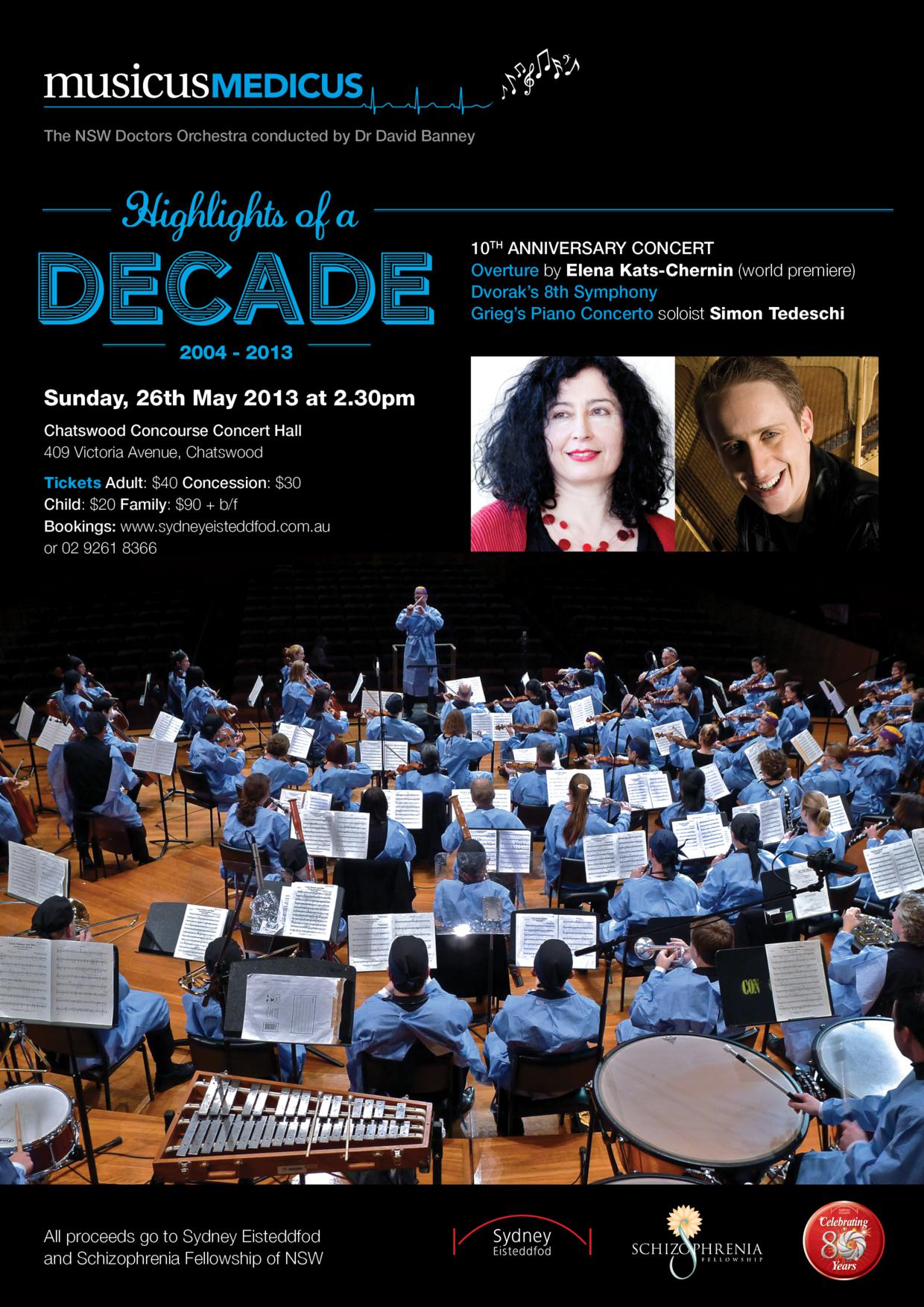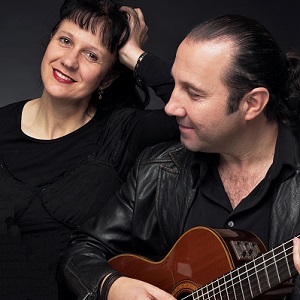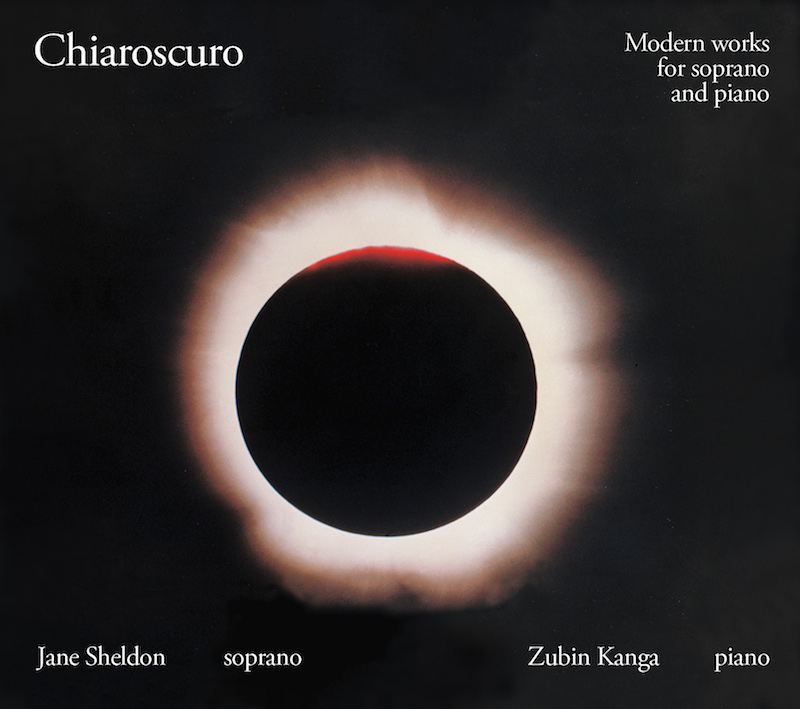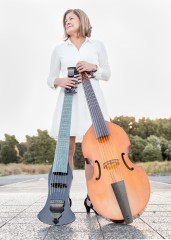Unravelling the viol
 The viol, also known as the viola da gamba, is an ancient and fragile creature, with a silky sound that approximates the human voice. The fact that this 15th century Spanish predecessor of the guitar is still heard and played is a testament to its beauty. You can hear not one, but a whole ensemble of viols on Palm Sunday, April 17th, when the Marais Project, an ensemble of viols led by Jennifer Eriksson, will perform with the Sydney Chamber Choir, directed by Paul Stanhope, and oud player Joseph Tawadros.
The viol, also known as the viola da gamba, is an ancient and fragile creature, with a silky sound that approximates the human voice. The fact that this 15th century Spanish predecessor of the guitar is still heard and played is a testament to its beauty. You can hear not one, but a whole ensemble of viols on Palm Sunday, April 17th, when the Marais Project, an ensemble of viols led by Jennifer Eriksson, will perform with the Sydney Chamber Choir, directed by Paul Stanhope, and oud player Joseph Tawadros.
Like the string family of instruments, the viol is bowed, and like a cello, it is held between the legs. But, look more closely – it has no spike that supports it on the floor like a cello or double bass, and it has frets, like a guitar! Viols are like the string family because they come in similar sizes, but typically, have 6 strings, not 4 (except for the bass viol which has 7 strings), and is tuned in 4ths not 5ths, with a major 3rd in the middle. And there’s more – the bow is held palm up and towards the centre.
Eriksson formed the Marais Project in 200o to perform the entire works of the 17th century French viol player Marin Marais, whose life was the topic of the 1991 movie Tous les matins du monde.Performing on the soundtrack of the movie is Spanish composer, conductor and viol virtuoso Jordi Savall, who has also kept alive the legacy of the viol.
More at “Harmony beyond the music…Sydney Chamber Choir presents Lamentations.






